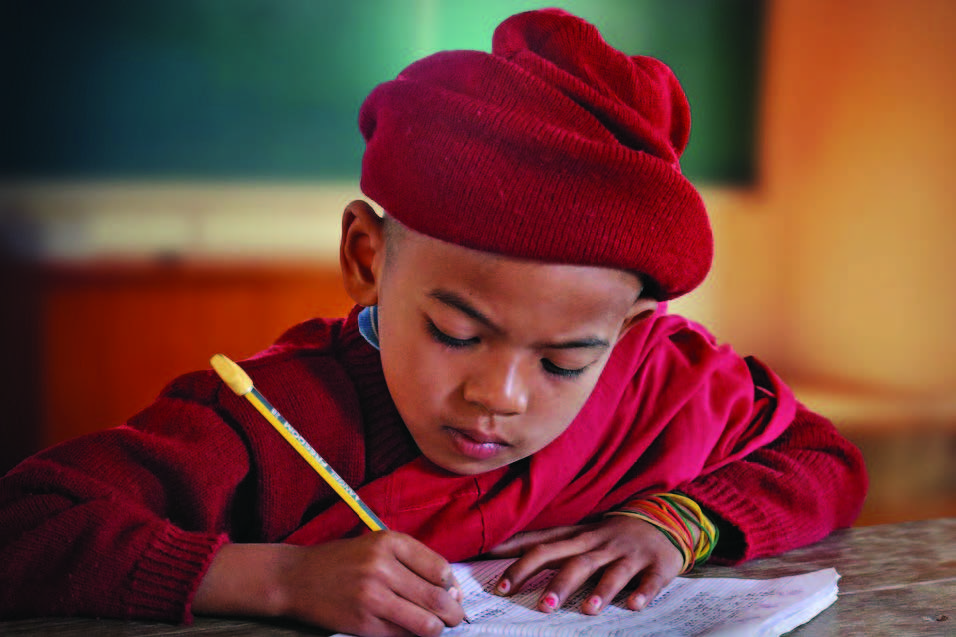
Monastic schools are a key mechanism in Myanmar’s education system to combat marginalization and aiming to include the poorest in society, as the government has come to recognize their importance in delivering education to segments of the population where the state system might be unable to reach, writes Marie Lall (UCL Institute of Education) in a chapter on alternative monastic education of her newly published book Myanmar’s Education Reforms: A pathway to social justice? (UCL Press, University College London, £ 25, open-access PDF available).

Source: MarlyneArt, Pixabay.
Monastic schools have been in existence in Myanmar for centuries and have been the main vehicle for inclusion in education by offering schooling to poor children. The introduction of the British modern, secular education system in the colonial days led to a decline of the monastic system. It survived centralized schooling after independence, since the state schools could not reach across the whole country. They officially reopened in 1992, and more monastic schools were encouraged to open, with the use of the curriculum prescribed by the Ministry of Education and registered with the Ministry of Religious Affairs. Monastic schools have now become more prominent than ever since independence.
Since 2013-2014, registered monastic schools receive financial support from the state. More than 300,000 students attended registered monastic schools across Myanmar in 2016, with only 12 percent of them being novices, while the other pupils were ordinary boys and girls. There are a small number of middle schools and an even smaller number of high schools. Students tend to consist of children whose parents could not afford state schools. Interestingly, although they represent only three percent of the student population, monastic schools absorb 45 percent of all students with disabilities. There are networks of head nuns and abbots cooperating with each other and discussing issues related to these schools. In 2011, the Monastic Education Development Group (MEDG) was established in order to improve monastic education and offer administrative training. Despite some reluctance, not least from parents, monastic schools seem also to be open for innovative educational methods. An interesting aspect of monastic schools is their role for maintaining the culture of Buddhist ethnic nationalities such as the Mon, Karen (70 percent of whom are Buddhist), Shan, and Pa-O. This varies from state to state and, in a majority of cases, the ethnic languages are not used for regular reaching, but rather for culture and language summer schools.